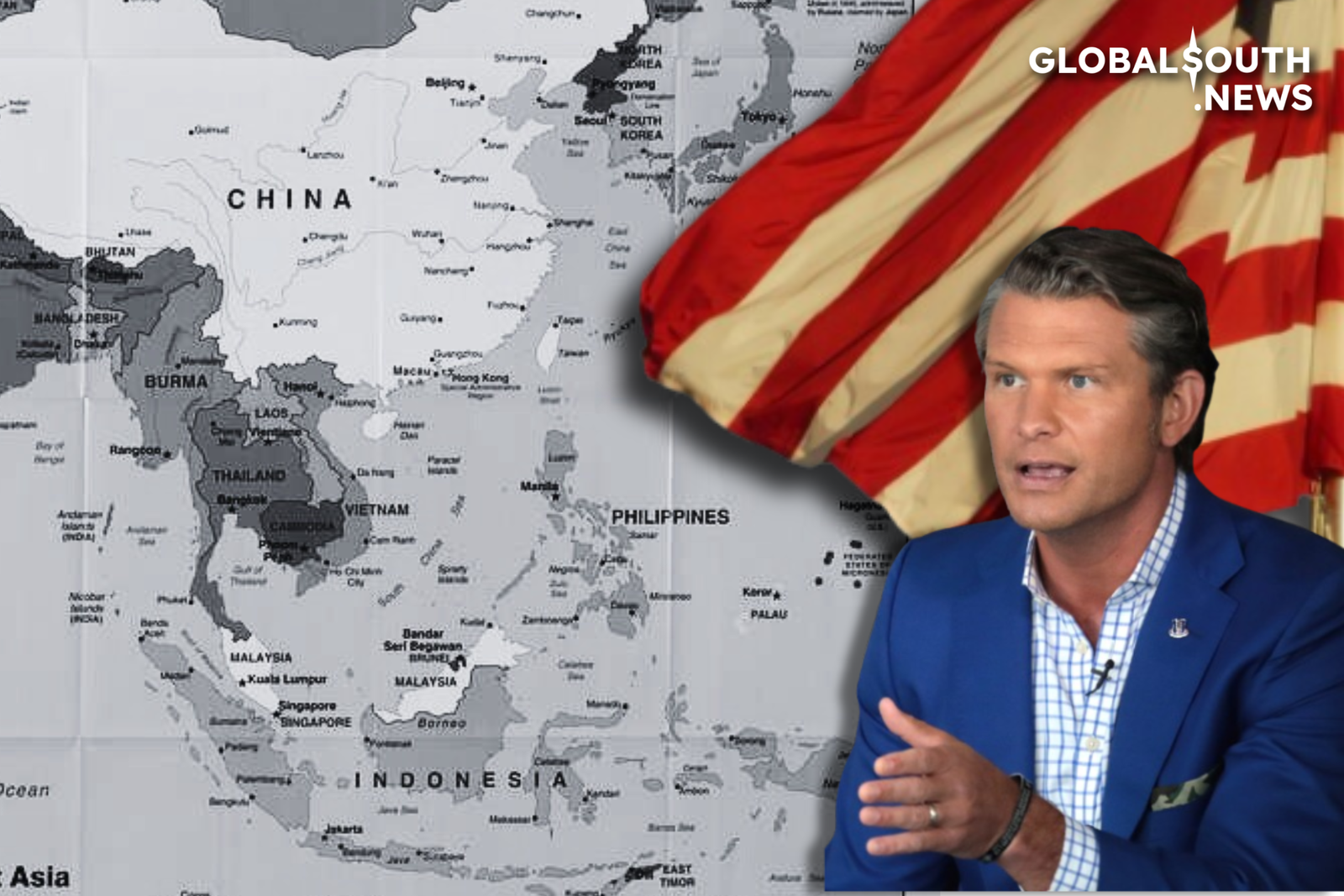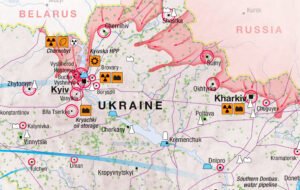
Last Friday, at the Shangri-La Dialogue in Singapore, Defense Secretary Pete Hegseth announced: “The United States is proud to be back in the Indo-Pacific—and we’re here to stay.” Soon after, he admitted: “For a generation, we ignored this region, distracted by endless wars, regime change, and nation-building.” A curious detail: during the same period, Asia experienced its most peaceful and prosperous cycle, while the areas where Washington focused—the Middle East, North Africa, and Central Asia—were marked by ruins and deficits.
The secretary then presented the new danger. According to him, “China seeks to become a hegemonic power” and “the threat is real—and it may be imminent.” The proof, he claimed, was the order for Chinese forces to be ready, if needed, by 2027. For analysts, this is merely a preparedness goal; for Hegseth, it became a countdown.
To illustrate, he invoked scenes in the South China Sea: water cannons against Philippine boats, ship collisions, and artificial islands with airstrips. He concluded: “Any attempt to change the status quo is unacceptable.” The audience took note, remembering that a large part of the regional economy depends on the very routes the secretary promised to police.
Then came the prescription: “peace through strength.” The U.S. military budget will exceed one trillion dollars, purchasing submarines, stealth bombers, and hypersonic missiles. And Hegseth was clear: regional allies should spend 5% of their GDP on defense. For those who still need to expand sewage systems or classrooms, this target is a heavy burden.
Almost in the same breath, he warned that doing too much business with Beijing would create dependency. However, buying American weapons, he argued, would guarantee autonomy. A reversal that demands faith, not logic.
The French analyst Bertrand offered a mirror: imagine China landing in Canada and Mexico, saying that “the American threat is imminent,” demanding 5% of their GDP for weapons, and promising to “fight and win.” Would this be seen as cooperation or provocation?
Hegseth listed the package of measures: missiles on Luzon Island, medium-range tests in Australia, ammunition production with India, and a regional drone consortium. The idea is to “create daily dilemmas” for Beijing—constant pressure that, according to critics, transforms minor incidents into genuine sparks.
He then praised Germany for spending more on defense and suggested that Japan, South Korea, and the Philippines do the same. To cap it off, he cited the Japanese attack on Pearl Harbor, the Battle of Iwo Jima, and the American cemetery in Manila as reminders of sacrifices that justify new checks. The Asian audience listened in silence.
The dilemma remains: what kind of peace arises from invented threats, paranoid speeches, and regional rearmament?










